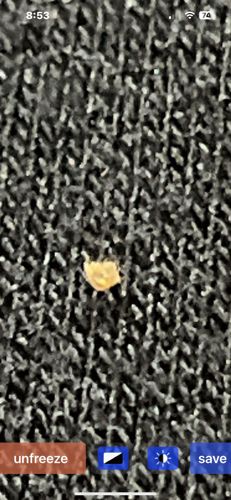Brown Dog Tick
Scientific Name: Rhipicephalus sanguineus
Order & Family: Ixodida, Ixodidae
Size: Unfed adults are typically 2-3 mm long; engorged females can be up to 10-12 mm long.

Natural Habitat
Primarily found in and around homes with dogs, dog kennels; prefers warm, dry environments; can infest cracks and crevices in walls, under rugs, and furniture. Unlike many other ticks, it can complete its entire life cycle indoors.
Diet & Feeding
Blood, primarily from dogs, but will also feed on humans and other mammals if a dog host is unavailable. It is a three-host tick, meaning it molts to a new life stage after each blood meal and drops off the host.
Behavior Patterns
Highly specialized to feed on dogs; active hunters, not ambush predators like some other ticks. They tend to crawl upwards. Females lay thousands of eggs after a blood meal in cracks and crevices. All life stages (larva, nymph, adult) can feed on dogs.
Risks & Benefits
Potential risks include transmitting diseases to dogs, most notably canine ehrlichiosis, babesiosis, and anaplasmosis. While less common, they can also transmit Rocky Mountain spotted fever to humans. They do not offer significant benefits to the ecosystem from a human perspective, but they are part of the natural food chain for some predators.
Identified on: 9/24/2025